Glasgow Strategy
A transformational strategy to make a more people centred city
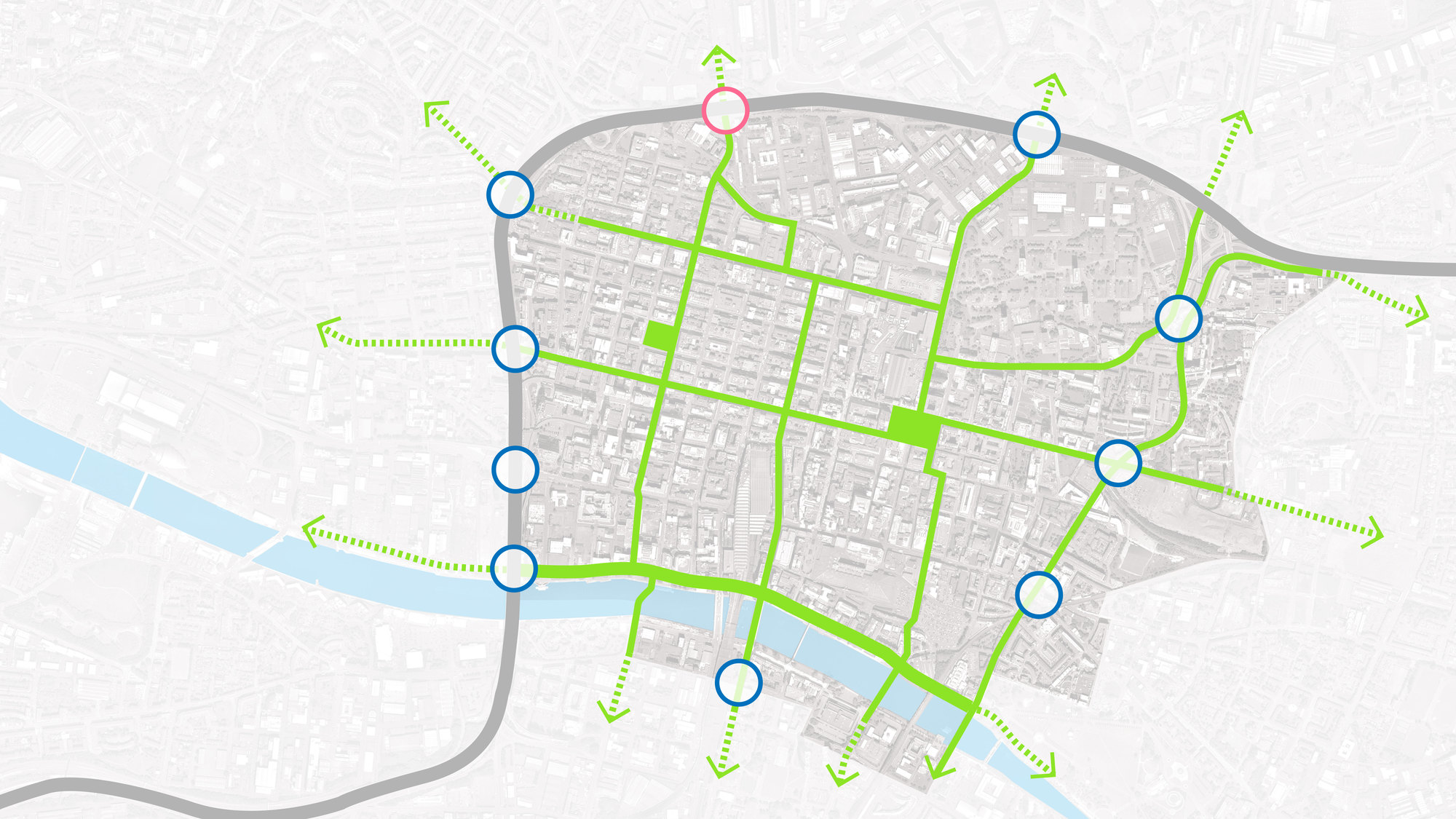
Glasgow’s people make it a vibrant place but, in recent years, the city centre environment has inhibited aspirations for significant improvement. 7N’s City Centre Strategy was commissioned by Glasgow City Council to create a placemaking and planning framework to deliver the level of transformational change that is needed for the future civic and economic wellbeing of the largest city in Scotland. Based on 7N’s experiential and structural analyses of the city, which is currently dominated by traffic, the strategy shifts the balance from vehicles to pedestrians and cyclists, transforming the experience of the city centre environment for both citizens and visitors. The Avenues concept, developed by 7N as a key strand of the strategy, creates a network of green routes within Glasgow’s street grid, allowing pedestrians and cyclists to easily and safely navigate through the city centre and to the surrounding neighbourhoods. The City Centre Strategy has been adopted as the foundation of the council’s future planning policies for the area, including the City Centre Districts concept and the Avenues which are to be delivered under the City Deal initiative. 7N have been pleased to continue working with the Council on detailed design work for the pilot Avenue project for Sauchiehall Street.

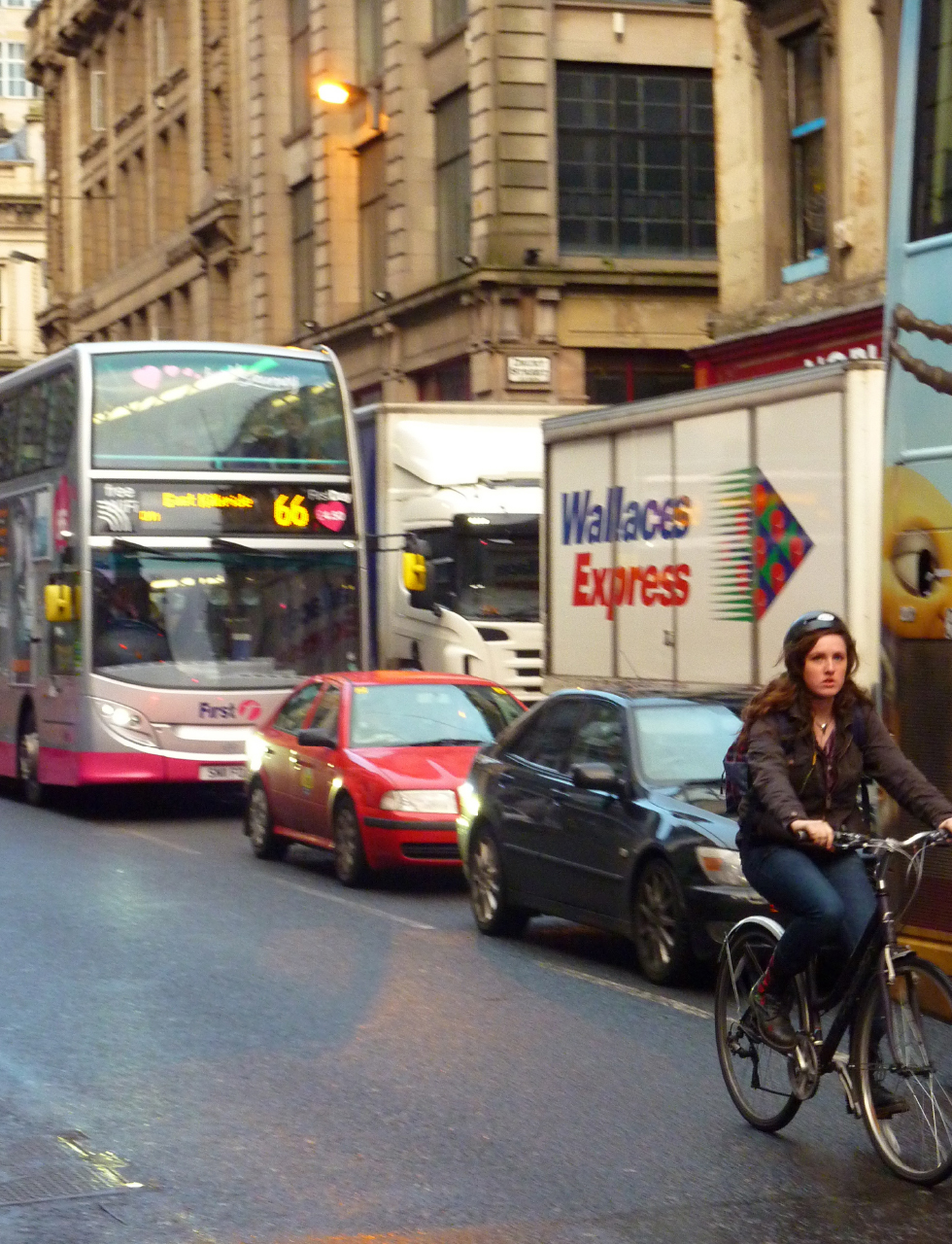
The cyclist looks understandably anxious, she doesn’t particularly look like she is enjoying her journey and it is not a position that anyone would necessarily put themselves in through choice.
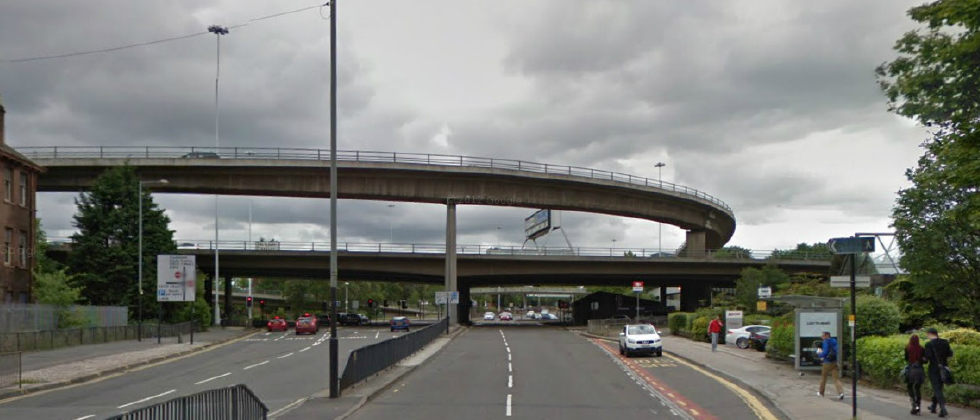
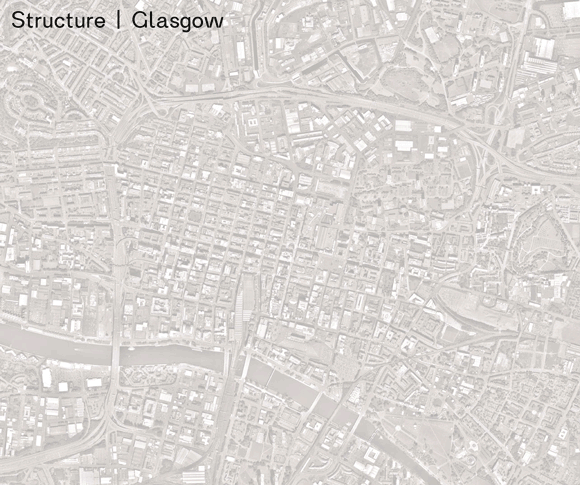
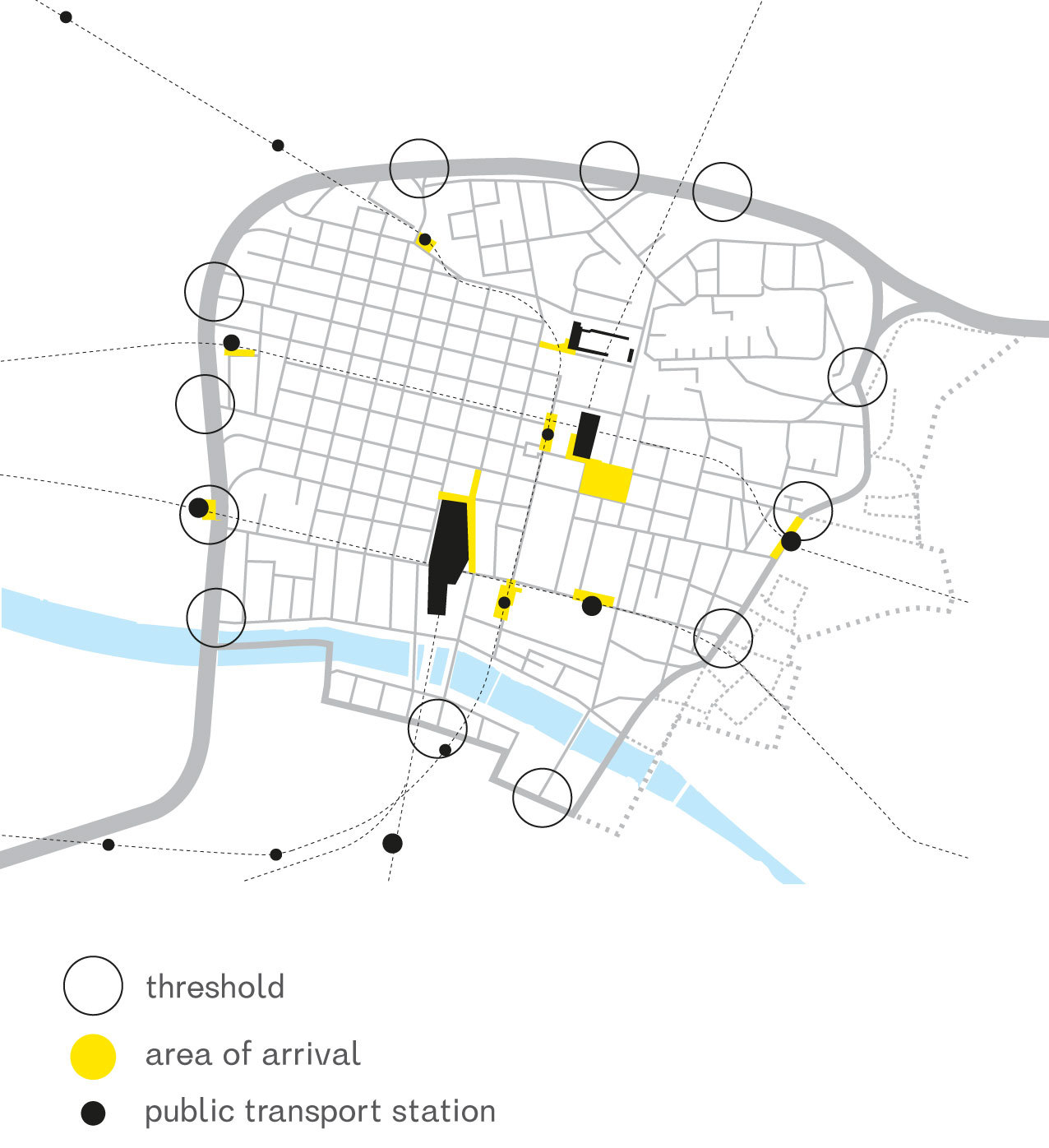
Glasgow has a very defined boundary, created by the M8 motorway and all of its associated infrastructure. The motorway, combined with the Clyde creates the impression of a ‘walled’ city. Due to this perception there are some very clear arrival points through the wall into the city. These arrival points depend on mode of transport, and in some cases there is a primary and a secondary sense of arrival.
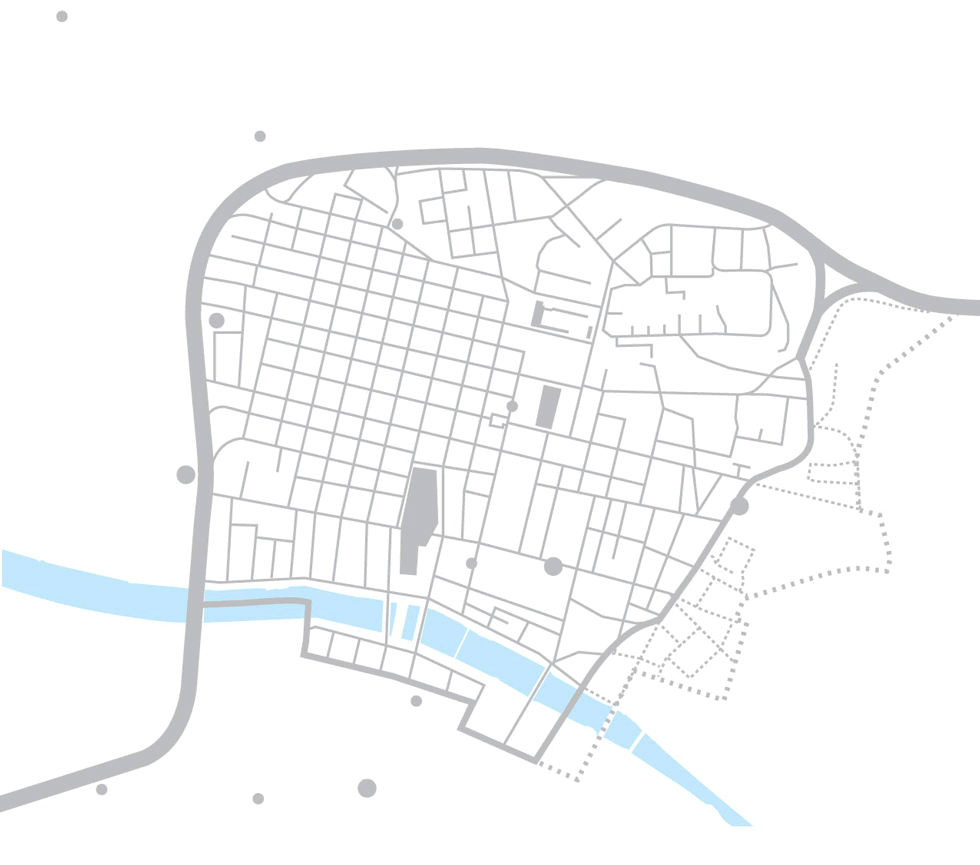
Glasgow City Centre is made up of overlapping neighbourhoods, where often, a key use dominates over others. This is natural in a city environment, as businesses can share the benefit of proximity.
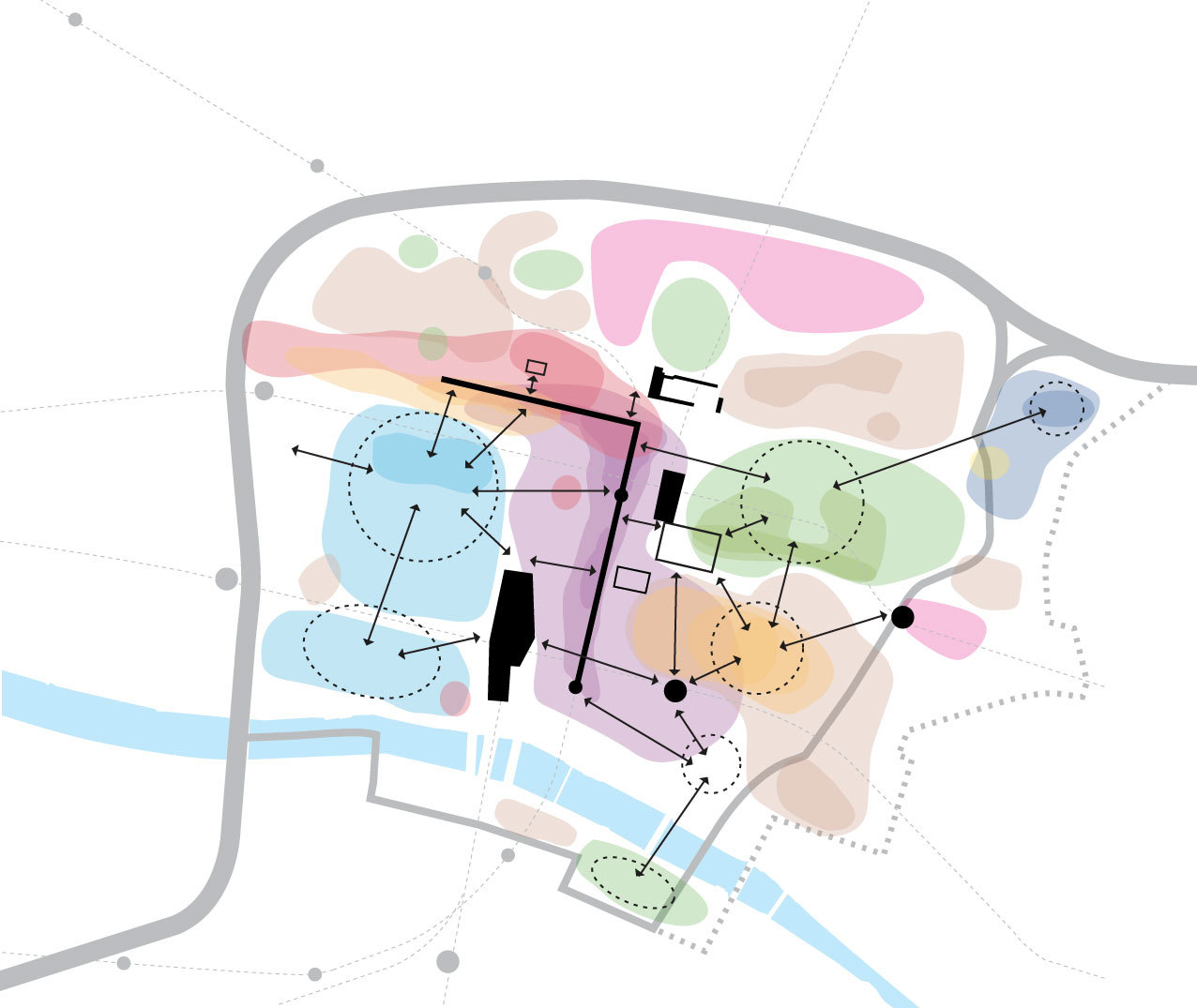
How do people arrive into the city and where do they want to be? This is based on the fundamental premise that a city is a network of places, and much of the enjoyment derived from experiencing a city is about the journeys between places.
In cities that are pleasant to live and work in, and visit, the means of moving round the city is enjoyable. It entices someone to walk, or cycle, to stop and watch the world go by, to explore or to make the most of city environment by instigating an outdoor activity.
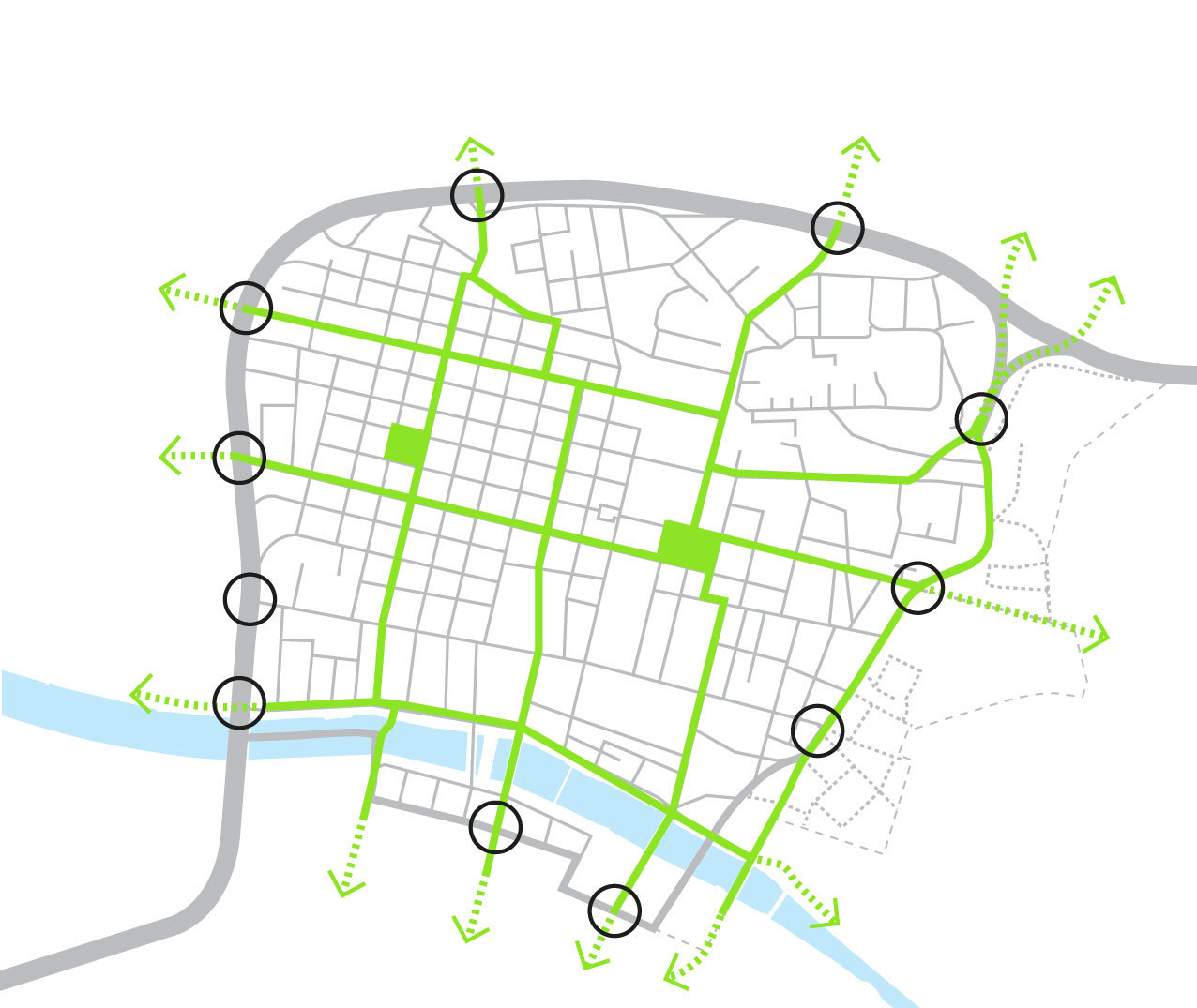
Avenues create strong links between different parts of the city, and make the experience of moving through the city safer and more enjoyable for people.
Portals around the perimeter of the City Centre make it easier for pedestrians and cyclists to cross barriers, such as the M8, and make positive links with the surrounding neighbourhoods.
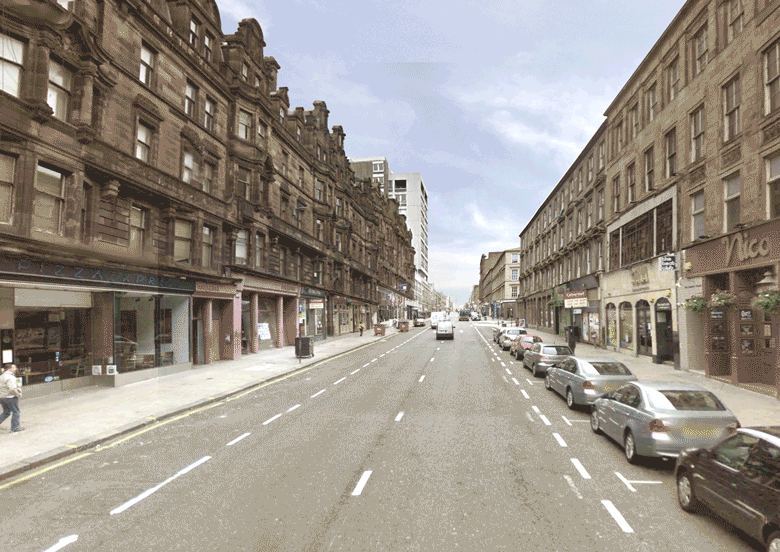
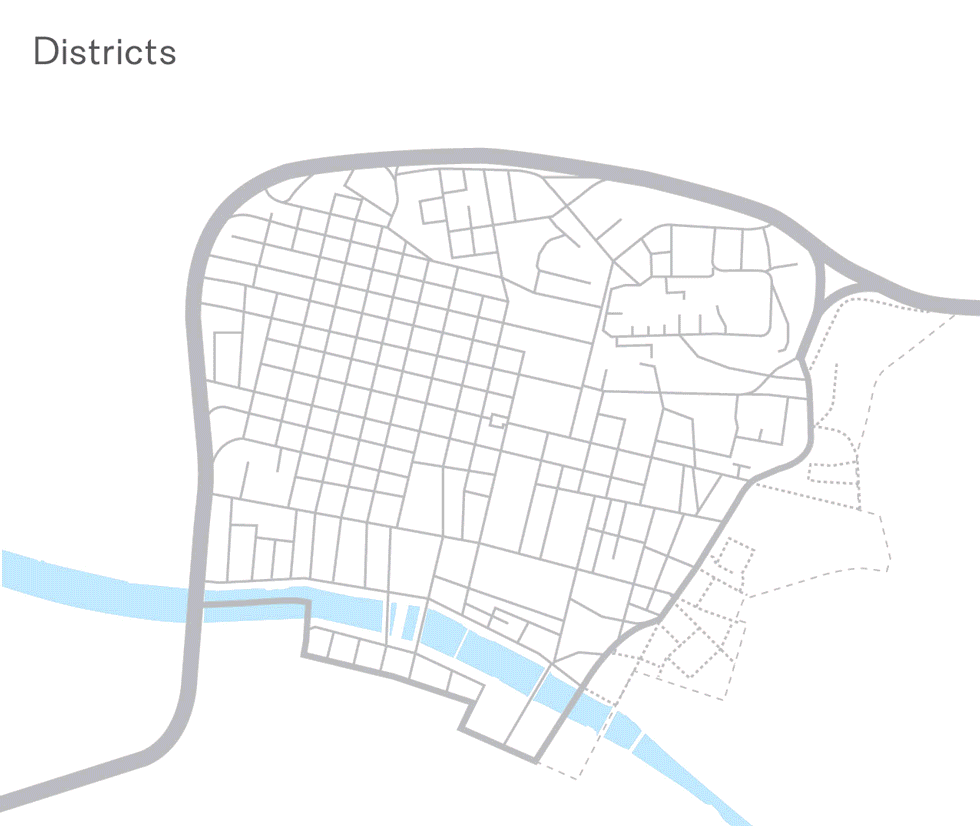
Glasgow City Centre has a number of character areas, differentiated by use, urban structure, architectural quality and historical development patterns. These have been identified as nine ‘districts’ which will inform, and provide a framework for city centre development moving forward, Both as a means for instigating catalyst urban regeneration projects, and for responding to development proposals as they are developed within the city.